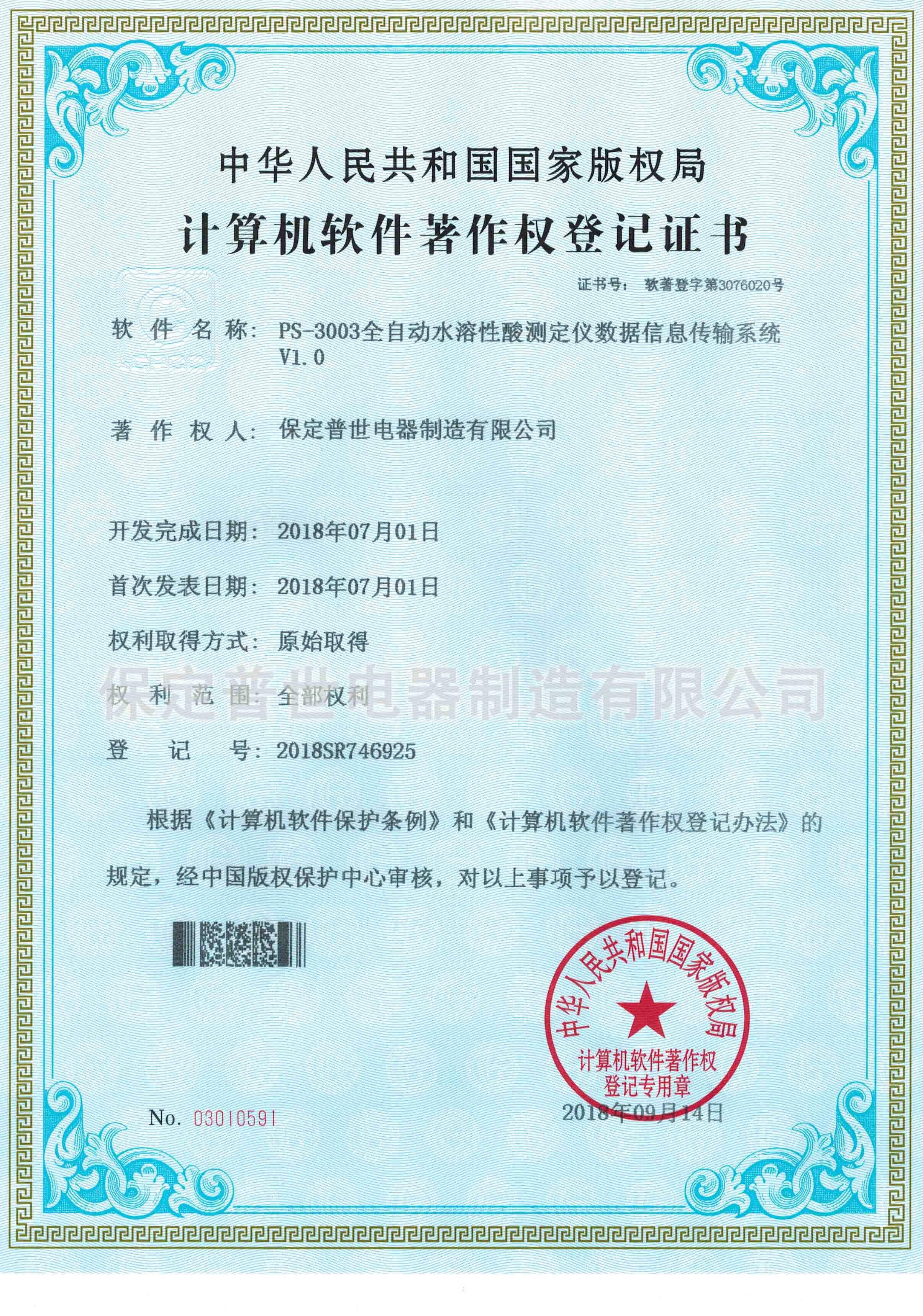 English
English



-
 Afrikaans
Afrikaans -
 Albanian
Albanian -
 Amharic
Amharic -
 Arabic
Arabic -
 Armenian
Armenian -
 Azerbaijani
Azerbaijani -
 Basque
Basque -
 Belarusian
Belarusian -
 Bengali
Bengali -
 Bosnian
Bosnian -
 Bulgarian
Bulgarian -
 Catalan
Catalan -
 Cebuano
Cebuano -
 China
China -
 China (Taiwan)
China (Taiwan) -
 Corsican
Corsican -
 Croatian
Croatian -
 Czech
Czech -
 Danish
Danish -
 Dutch
Dutch -
 English
English -
 Esperanto
Esperanto -
 Estonian
Estonian -
 Finnish
Finnish -
 French
French -
 Frisian
Frisian -
 Galician
Galician -
 Georgian
Georgian -
 German
German -
 Greek
Greek -
 Gujarati
Gujarati -
 Haitian Creole
Haitian Creole -
 hausa
hausa -
 hawaiian
hawaiian -
 Hebrew
Hebrew -
 Hindi
Hindi -
 Miao
Miao -
 Hungarian
Hungarian -
 Icelandic
Icelandic -
 igbo
igbo -
 Indonesian
Indonesian -
 irish
irish -
 Italian
Italian -
 Japanese
Japanese -
 Javanese
Javanese -
 Kannada
Kannada -
 kazakh
kazakh -
 Khmer
Khmer -
 Rwandese
Rwandese -
 Korean
Korean -
 Kurdish
Kurdish -
 Kyrgyz
Kyrgyz -
 Lao
Lao -
 Latin
Latin -
 Latvian
Latvian -
 Lithuanian
Lithuanian -
 Luxembourgish
Luxembourgish -
 Macedonian
Macedonian -
 Malgashi
Malgashi -
 Malay
Malay -
 Malayalam
Malayalam -
 Maltese
Maltese -
 Maori
Maori -
 Marathi
Marathi -
 Mongolian
Mongolian -
 Myanmar
Myanmar -
 Nepali
Nepali -
 Norwegian
Norwegian -
 Norwegian
Norwegian -
 Occitan
Occitan -
 Pashto
Pashto -
 Persian
Persian -
 Polish
Polish -
 Portuguese
Portuguese -
 Punjabi
Punjabi -
 Romanian
Romanian -
 Russian
Russian -
 Samoan
Samoan -
 Scottish Gaelic
Scottish Gaelic -
 Serbian
Serbian -
 Sesotho
Sesotho -
 Shona
Shona -
 Sindhi
Sindhi -
 Sinhala
Sinhala -
 Slovak
Slovak -
 Slovenian
Slovenian -
 Somali
Somali -
 Spanish
Spanish -
 Sundanese
Sundanese -
 Swahili
Swahili -
 Swedish
Swedish -
 Tagalog
Tagalog -
 Tajik
Tajik -
 Tamil
Tamil -
 Tatar
Tatar -
 Telugu
Telugu -
 Thai
Thai -
 Turkish
Turkish -
 Turkmen
Turkmen -
 Ukrainian
Ukrainian -
 Urdu
Urdu -
 Uighur
Uighur -
 Uzbek
Uzbek -
 Vietnamese
Vietnamese -
 Welsh
Welsh -
 Bantu
Bantu -
 Yiddish
Yiddish -
 Yoruba
Yoruba -
 Zulu
Zulu
Assessment and Analysis of Switching Impulse Test in Electrical Systems
Understanding Switching Impulse Test A Key Technique in High Voltage Engineering
The switching impulse test is a critical evaluation technique in the realm of high voltage engineering, primarily used to assess the dielectric strength and insulation performance of electrical equipment. This test simulates the stresses that high voltage apparatus may encounter during switching operations, allowing engineers to determine the reliability and integrity of components such as transformers, circuit breakers, and insulators under high-speed voltage changes.
Purpose of the Switching Impulse Test
The main objective of the switching impulse test is to replicate the electrical conditions that equipment might be subjected to in real operational contexts. Unlike lightning impulses, which are fast and sudden, switching impulses are characterized by their slower rise times and can occur repeatedly in different scenarios throughout the lifecycle of electrical devices. The test helps in identifying weak points in insulation materials and can provide valuable data on the potential for failure during actual switching events.
Test Methodology
Performing a switching impulse test involves a complex setup where high voltage generators produce a steep front voltage wave that is fed into the equipment under test
. Typically, the front time of the impulse is about 250 microseconds with a tail duration of roughly 2500 microseconds. During the test, the equipment is monitored for breakdowns or failures in insulation, which may occur when the applied voltage exceeds the withstand strength of the materials used.switching impulse test

To accurately capture the performance of the equipment, several parameters must be recorded, including the peak voltage attained, the duration of the impulse, and the response of the equipment to the applied stress. The results help engineers make informed decisions regarding the design and selection of insulating materials, ensuring that they meet the necessary safety and performance standards.
Importance in High Voltage Applications
The results from switching impulse tests are fundamental for the development of reliable high voltage technology. They provide insights that can lead to enhanced materials and designs, minimizing the risk of insulation failure, which can result in catastrophic failures leading to operational downtime, financial loss, and safety hazards.
Furthermore, regulatory bodies and standards organizations often require switching impulse testing as part of compliance to ensure that equipment can withstand unexpected voltage fluctuations. This not only protects infrastructure investments but also improves overall system reliability for end-users.
Conclusion
The switching impulse test plays a vital role in safeguarding high voltage electrical systems. By simulating realistic operating conditions, this test helps engineers evaluate the durability and efficiency of insulation materials, reducing the risk of failure when the equipment is deployed in the field. As technology continues to advance, the principles and methodologies behind switching impulse testing will evolve, but its importance in ensuring the reliability and safety of electrical equipment will undoubtedly remain a pivotal element in high voltage engineering. Through consistent application of this testing methodology, the electrical industry can continue to push the boundaries of innovation while maintaining the highest standards of safety and performance.
-
Exploring the Main Types of Industrial Endoscopes and Their Applications Across IndustriesNewsJul.04,2025
-
Testing Equipment Industry Sees Major Advancements in 2025: Smart & Precision Technologies Lead the WayNewsJun.06,2025
-
Applications of Direct Current Generators in Renewable Energy SystemsNewsJun.05,2025
-
Hipot Tester Calibration and Accuracy GuidelinesNewsJun.05,2025
-
Digital Circuit Breaker Analyzer Features and BenefitsNewsJun.05,2025
-
Benefits of Real-Time Power Quality Monitoring Devices for Industrial EfficiencyNewsJun.05,2025



